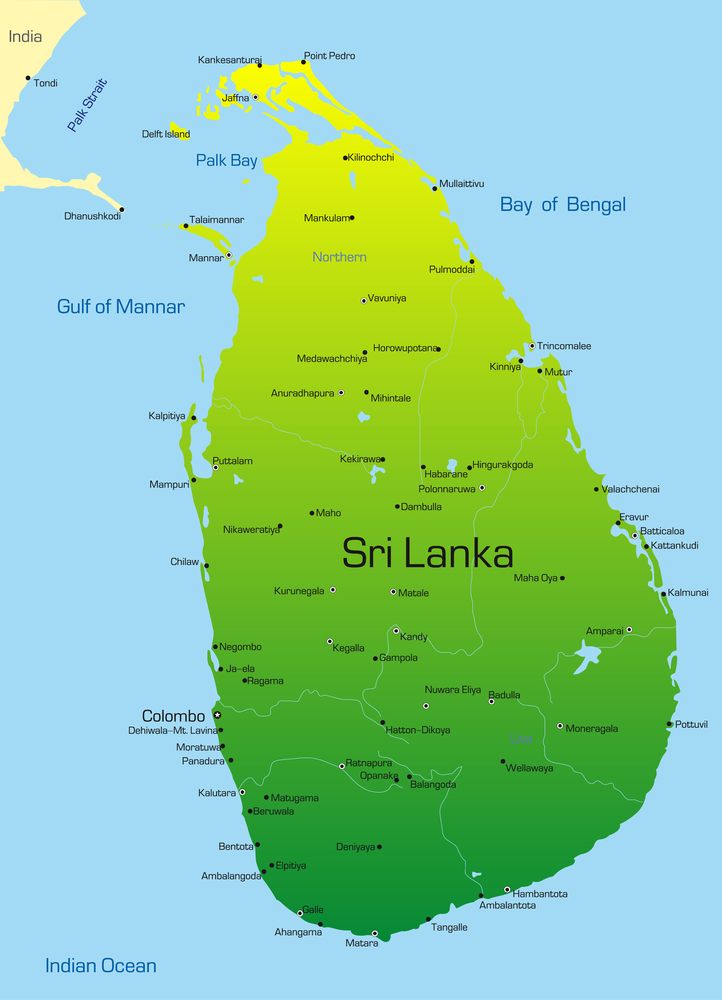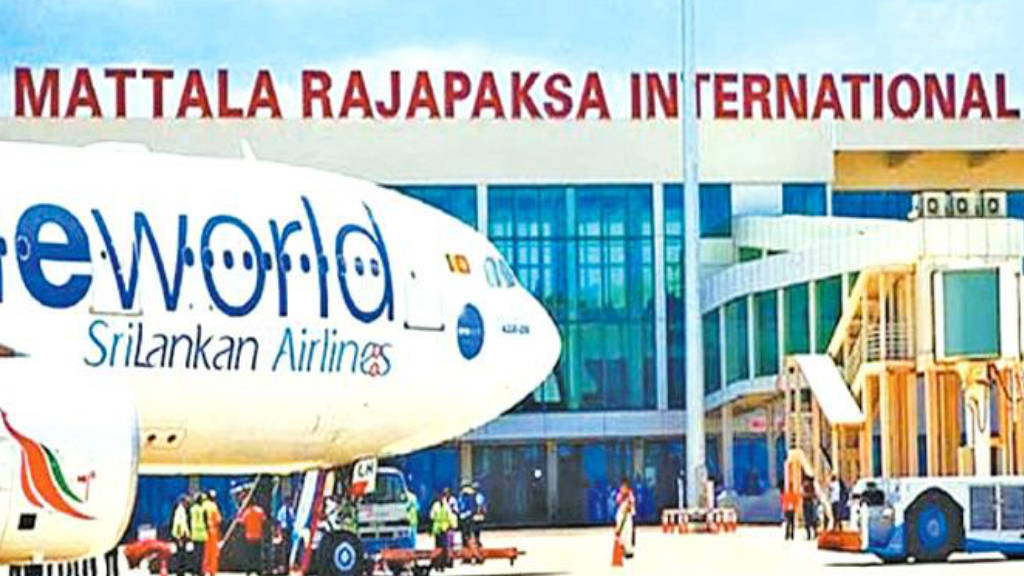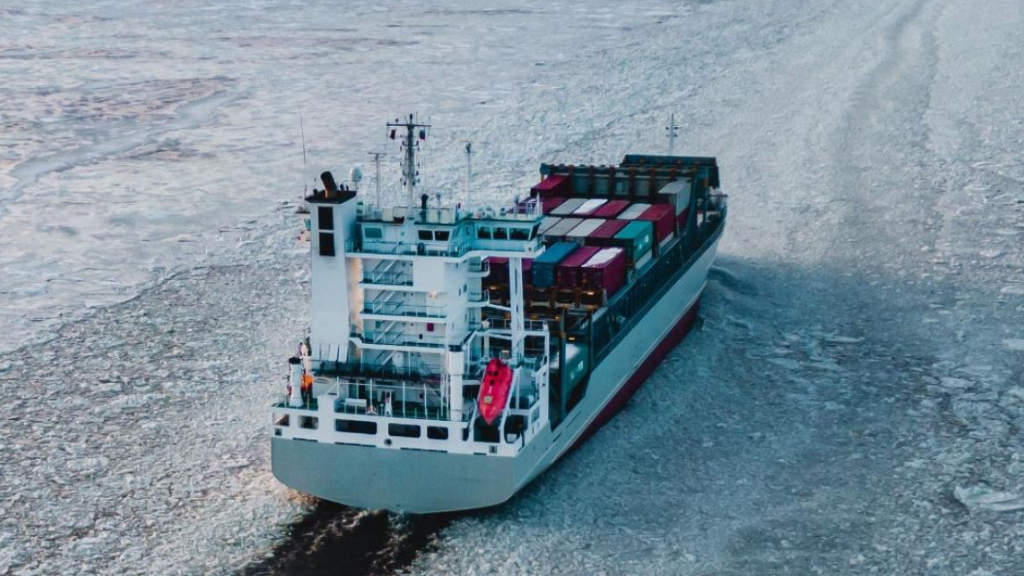The Sri Lankan authorities have decided to transfer the management of the southern Mattal Rajapaksa International Airport (MRIA) in Hambantota to the Russian airport management company AR Regional Airports and India’s Shauraya Aeronautics.
MRIA is one of three international airports in Sri Lanka and was built to offset pressure at the main airport in the capital Colombo, while providing better tourism service to the islands south-eastern beach resorts. However, the airport has been plagued with difficulties since opening just before covid, with railway connectivity infrastructure still yet to be completed, although it is connected to resorts via the Chinese Belt & Road Initiative built Southern Expressway. The airport has currently operated at a loss, while the task of its new managers will largely depend on the ability to attract the support of Indian and Russian carriers. At present, only Indian and some Russian charter flights use the airport.
The management agreement is a 30-year contract and was made at a meeting of the Sri Lankan Cabinet on April 26, in connection with the countries urgent need to minimize financial costs.
MRIA is located 15km from Hambantota Port City and was built from funding provided by the Export-Import Bank of China at costs estimated at US$209 million.
MRIA – which was named after the now disgraced ex-President Rajapaksa, who is from the Hambantota region – will almost certainly be renamed after Hambantota city. Its planned throughput is 1 million passengers per year.

This is not the first entry into the Sri Lankan market by Russian companies. The Delo Group is a major Russian transport and logistics operator and is planning to build a container terminal with a capacity of 10 million TEU in Sri Lanka, according to its Managing Director Sergey Shishkarev.
AR Regional Airports was founded in 2012, and manages ten airports, including Yekaterinburg, Samara, Nizhny Novgorod, Saratov and Rostov-on-Don. It handled total passenger flows of 17.4 million people in 2013. This is its second overseas investment. AR is also developing Uralsk airport in Kazakhstan in a joint venture with Kazakhstani partners. The company is looking to develop markets in friendly countries that require Russian qualifications and expertise in the airport industry.
According to ATOR, almost 200,000 Russian tourists visited Sri Lanka in 2023, which was a record high. In total, 1.5 million foreign tourists visited the island. Dmitry Gorin, vice president of the Russian Union of Travel Industry, has said that the number of tourists from Russia to Sri Lanka can grow by at least 10–15%, and said that the country is now among the top 5 most popular destinations among Russians after Turkiye, the United Arab Emirates, Thailand, and Egypt. A decrease in Sri Lankan tourism expenses has also become a factor in its growing popularity. The average price of a Russian two-week tourist package including flights and accommodation to Sri Lanka is about ₽250,000 (US$2.700). According to the Sri Lanka Tourism Development Authority, in 2023, almost two-thirds of Russian tourists to the island were transported by direct flights, by Aeroflot, Red Wings and Azur Air. With transfers, Russian tourists flew to Sri Lanka via connections in Istanbul, Sharjah, Dubai, Doha, Muscat, and Abu Dhabi.
If the Russian operator, can attract new airlines, then this can positively affect the price of tour packages, said Gorin, as the price of the ticket is between 50–70% of the total package holiday.
However, he said that he doubts that the Hambantota airport will be in demand for transit flights to South Asia, by Russians, as there are already a wide range of South Asian direct flights from Russia. Instead, Sri Lanka, he said, will continue to develop as a popular final tourist destination. That said, Sri Lanka has popular direct flight routes to New Delhi, Mumbai, and Chennai in India, as well as to the Maldives, Singapore, and the Middle East.
Further Reading






